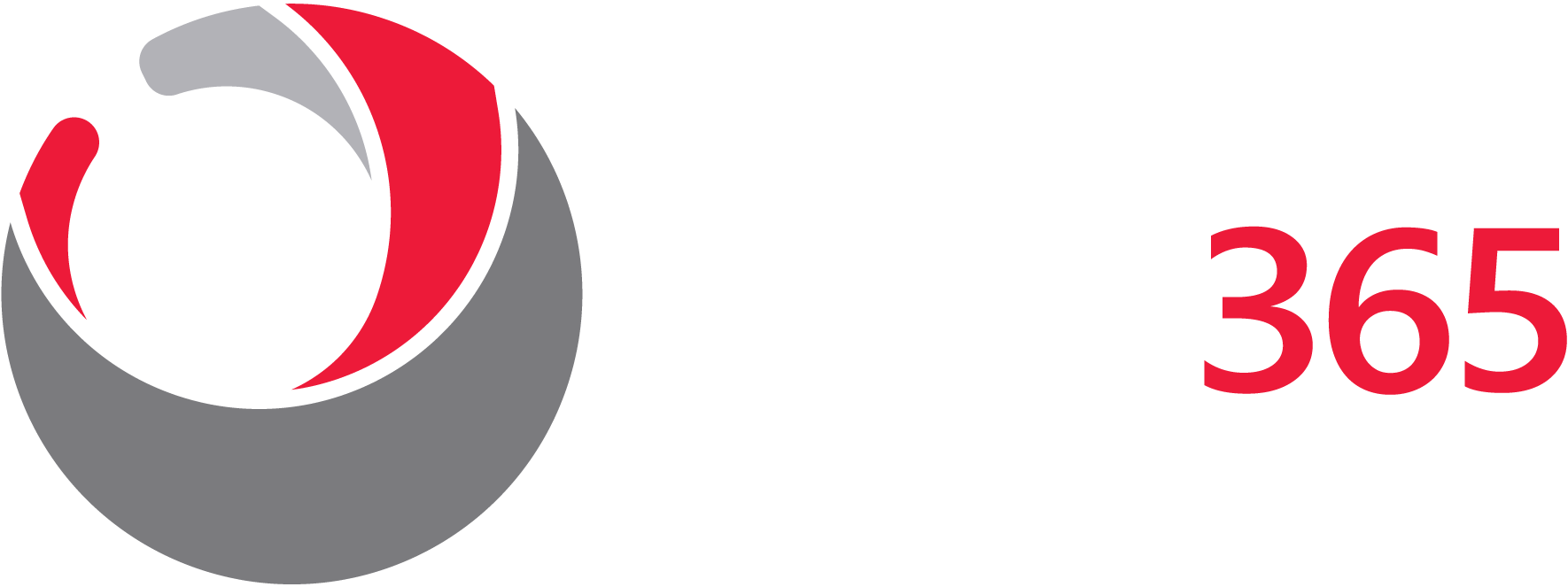Fun fact: the first hard drive was larger than a person, but could only hold 5 MB of data.
Storage solutions have come a long way since then. We can fit almost two terabytes into a micro SD card smaller than our thumb. These advancements in data density have paid dividends to the average storage server as well.
Data hasn’t just gotten denser, it’s gotten faster. Speedier data provides a wealth of benefits for computation speed and retrieval time. One such solution for server farms has been all-flash arrays.
In this all-flash storage guide, we’ll discuss why all-flash storage is the future of our servers.
(HDD) Hard Disc Drive: The King of the Storage Server
The HDD has a long and storied history in IT. It is the original storage medium and provides reliable long-term storage. Likewise, this has been the go-to solution for consumers as well.
Technological advancements have only improved the HDD. Magnetic platter developments have resulted in smaller drives with higher data density. Thanks to retrieval advancements, drives can pull data at up to 15,000 RPM.
Unfortunately, there’s only so far that HDD can go. While it dominates cloud architecture, HDDs cannot get any faster. They are somewhat fragile, less energy efficient, and incredibly slow when starting up.
HDDs reigned supreme for low-cost, high-capacity data storage. But in the wake of all-flash storage, all of that might be changing.
What Is All-Flash Storage?
Flash is a form of solid-state storage. The most common form of flash storage is the SSD (Solid-state drive).
Solid-state storage aimed to improve everything the HDD does. Rather than using a spinning disc, the SDD is, well, solid. It uses very small flash memory packages run by a flash controller and internal processor.
The result? Fast, energy-efficient, reliable storage. SSDs are dozens of times faster than even enterprise-grade disc drives. SSD doesn’t have to wait to retrieve data from a specific sector on a platter. Rather, it pulls the data instantly from flash. Of course, SSD comes with its caveats. A common criticism of SSDs for a long time was their high cost per gigabyte.
Thankfully, the price of SSD and NAND storage continues to drop year after year. Choosing HDD over all-flash storage for budgetary reasons may no longer be the sane choice.
Many data centres are turning to all-flash arrays. Since many services are relocating to the cloud, it only makes sense to have the fastest, most-reliable storage available.
With all that said, let’s discuss the benefits of all-flash storage over spinning disc storage.
High-Speed Data Retrieval
In a data centre, speed is of the utmost importance. Businesses need low latency for their cloud solutions. The faster we can process a request, the better.
Since all-flash storage is so much faster than HDD, requests process much faster, too. A solid-state storage medium doesn’t need to get a disc up to speed before locating the data. It sends it nearly instantly.
Whether large or small, server farms with high throughput can process more requests. They can serve more data in a shorter span of time compared to an HDD-only farm.
Improved Computer Performance
When computer enthusiasts want to improve an old computer, the first thing they change is the hard drive. Switching from an HDD to an SSD can make an old device faster than when we first bought it. This is without making any changes to the processor or RAM.
Upgrading an existing server rack with all-flash storage results in the same. Faster data retrieval means more calculations per second. Data farms with all-flash storage can crunch numbers with better performance than a comparable HDD farm.
Better Energy Efficiency
To make HDDs effective in a server environment, they need to remain spinning. It takes several seconds for an HDD to spin from a full stop to its maximum RPMs. To avert this, many servers keep their HDDs idling until needed.
While HDDs are very energy efficient compared to their predecessors, all-flash storage is better. Since all-flash only pulls data as necessary, there is no “idling.” An HDD and SSD of similar capacity will see the SSD win out in terms of energy efficiency.
Longer-Lasting Storage
With HDDs, memory is stored on sectors along a spinning disc. Unfortunately, there is a limit to how many times we can write over a block. While HDDs have made huge leaps and bounds to overcome this, the physical limitations remain.
All-flash memory likewise has blocks with a finite number of writes. But all-flash memory is smart, making use of “wear levelling.” To avoid killing blocks prematurely, all-flash memory uses algorithms to spread the data out.
The result is that a traditional SSD can last twice as long as an HDD. This is important in a server environment where there are constant writes and rewrites. Cost-effective memory isn’t just the cheapest, but that which can last the longest.
Smaller and More Durable
Magnetic platters are somewhat fragile. It only takes a short drop to break an HDD for good. For an IT team that needs to perform regular maintenance, this isn’t ideal.
All-flash storage doesn’t use any moving parts, making it inherently more durable. Further, an SSD is smaller. That gives us more space to manoeuvre in a tight server rack.
This small profile helps with heat dispersion, too. HDDs take up a lot of space and generate a fair amount of heat from the spinning disc. SSDs may allow for more data in the same form factor, with improved airflow for cooling.
Find a Solution for IT Storage
For years, HDD has been the dominant medium for a storage server. All-flash storage provides significant improvements in every regard, but its high cost has dissuaded companies for years. Now, all-flash is affordable and ready to overtake the HDD as king of IT storage.
Finding managed IT in the UK can be a complicated endeavour if we don’t know what we’re looking for. That’s where Koris365 is here to help. Check out their solutions from cyber security to collaboration.


